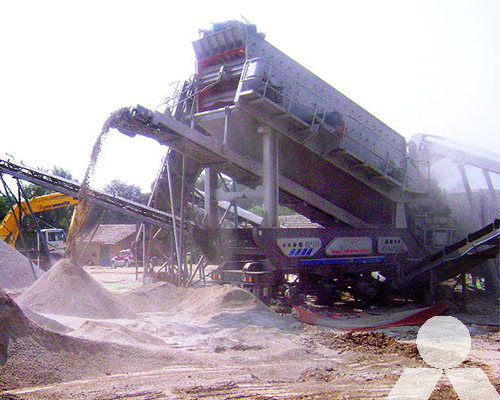Building rubble crusher
In the evolving landscape of construction, the efficient management of waste materials is paramount. Building rubble, consisting of broken bricks, concrete, and other construction debris, can be recycled and repurposed, reducing the environmental impact of construction projects. Central to this recycling process is the building rubble crusher, a machine designed to process large volumes of waste into usable materials. This article provides a detailed exploration of building rubble crushers, their applications, benefits, and the role they play in promoting sustainable construction practices.

1. The Mechanism and Application
Building rubble crushers are engineered to crush construction waste into smaller, manageable particles that can be repurposed or recycled. Equipped with powerful crushing mechanisms, these machines transform building debris into gravel, sand, and other materials that can be used in construction, landscaping, and various other applications. They are instrumental in waste reduction, resource conservation, and minimizing the need for landfill disposal.
2. Environmental and Economic Benefits
The use of building rubble crushers is synonymous with environmental preservation. By recycling construction waste, these machines reduce the need for new raw materials, leading to a decrease in resource extraction and associated environmental impacts. Economically, the recycling of building rubble lowers material costs, transportation expenses, and waste disposal fees, offering substantial savings for construction projects.
3. Technological Advancements
In recent years, technological innovations have enhanced the efficiency, safety, and sustainability of building rubble crushers. Automated systems, precision engineering, and improved material handling mechanisms have made these machines more user-friendly and adaptable to various types of construction waste. These advancements ensure optimal particle size, purity, and quality of the recycled materials.
4. Safety and Operational Guidelines
Operating building rubble crushers requires adherence to safety protocols to protect operators and the environment. Proper training, maintenance, and the use of personal protective equipment are essential to mitigate risks. Additionally, operators should be well-versed in the machine’s operational guidelines, ensuring optimal performance and longevity.
5. Future Trends
As the construction industry gravitates towards more sustainable practices, the demand for building rubble crushers is expected to rise. Future trends may include the integration of artificial intelligence to optimize the crushing process, enhance material sorting, and improve operational efficiency. Additionally, stricter environmental regulations may mandate the recycling of construction waste, further elevating the significance of building rubble crushers.
Building rubble crushers stand at the forefront of sustainable construction practices, transforming waste into valuable resources. As technology continues to advance, these machines are expected to become more efficient, accessible, and integral to construction projects worldwide. By investing in and utilizing building rubble crushers, stakeholders in the construction industry can contribute to a world where construction waste is not a burden but a resource, paving the way for a more sustainable and eco-friendly future.









